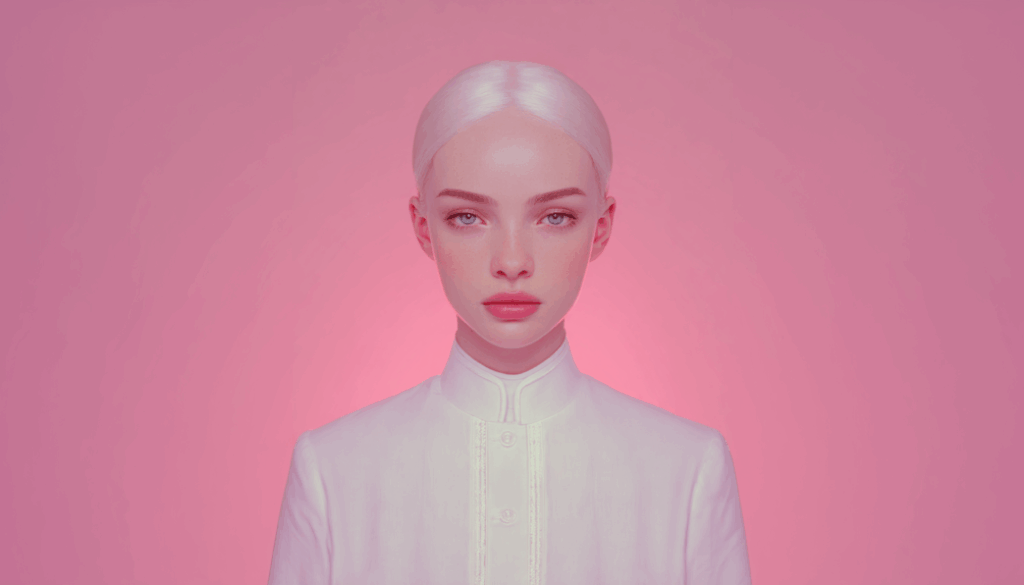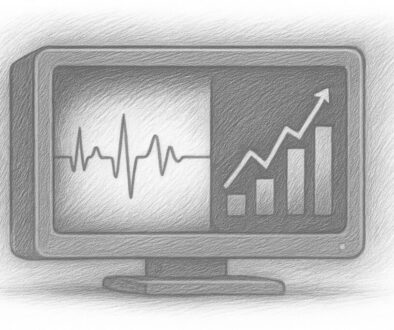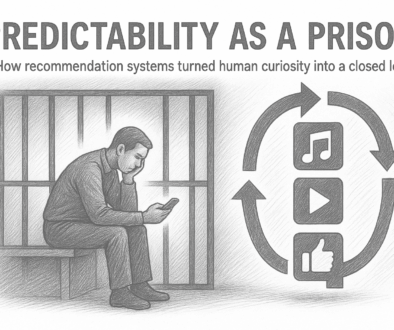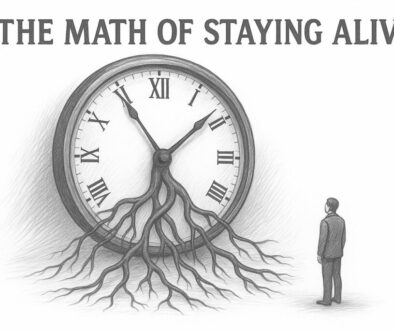Hey beauty hackers —
We didn’t just photoshop faces. We photoshopped reality. Then we called it aspiration.
And now, after decades of airbrushed perfection and Instagram-filtered lives, we’re entering the next stage: bioprinted skin, AI-optimized symmetry, and synthetic hormones that can boost your face for the algorithm.
It sounds like science fiction. But it’s happening. And worse: it feels normal.
Welcome to the era where beauty isn’t just unattainable.
It’s post-human.
Let’s get one thing straight: marketing didn’t invent beauty standards. But it industrialized them. Turned them into KPIs.
When I started out in the industry, I remember working with a skincare brand where we tested thirty shades of “natural” skin tones — and the more unrealistic, the better they performed. The final ads looked like portraits of aliens: smooth, glowing, uncanny.
“It pops on feed,” the creative director said.
It popped, alright. It also helped create the visual grammar of the uncanny beautiful — a style that now dominates TikTok, Instagram, and your cousin’s wedding reel.
We taught algorithms what beauty looked like. And now they’re teaching us back.
Neuroaesthetics and the Rise of AI-Optimized Beauty
Let’s talk science.
Neuroaesthetics shows that humans respond to certain proportions, color balances, and symmetry patterns in deeply emotional ways. We’re wired to crave beauty that calms us, excites us, or signals health.
But here’s the twist: AI can now generate faces that hit those neural sweet spots better than real faces do. Not idealized.
Optimized.
So what happens when beauty is no longer human, but computational? When filters become surgical? When influencers look like digital clones?
Answer: people start to feel like defects.
You see it in the data: rising demand for cosmetic tweaks in teenagers. TikTok filters with 700 million uses in two days. Clinics offering “AI face scans” to suggest enhancements.
Marketing doesn’t need to sell a product. It sells an improved self. And when that self is a neural composite of data, emotion, and fantasy — you get a generation chasing perfection against a non-human benchmark.
Case Study: Dove’s Real Beauty Commitment (2024)
Let’s look at a brand that chose to go radically against the trend.
In 2024, Dove celebrated 20 years of its Real Beauty campaign with a clear message: no AI-generated faces, no post-human perfection. Just real people. Their campaign featured portraits of women of all ages and backgrounds — pores, wrinkles, freckles and all — shot in natural light, with zero filters.
One of the key visuals featured a 53-year-old community teacher from Lisbon, wearing no makeup, laughing openly in front of a classroom of teenagers. The image went viral across Europe, with the hashtag #NoDigitalDistortion trending for days. Unilever, Dove’s parent company, reported a 24% increase in engagement across German and Scandinavian markets.
But the real victory? Gen Z’s reaction. Thousands of young users reposted the campaign with captions like “this is what my mom looks like” or “finally someone who looks like my aunt.”
It wasn’t nostalgia. It was relief.
Dove didn’t just promote a product — it reclaimed the visual language of beauty. And it proved that in a market saturated by synthetic aesthetics, authenticity doesn’t just break through. It leads.
The Psychology of Beauty Fatigue
Psychologists call it “aesthetic numbness.”
It’s what happens when your brain is pummeled with flawless faces, perfect product shots, and algorithmically curated feeds for too long. Like a song on repeat, beauty — when too consistent — becomes background noise. The first time you saw a filter that smoothed the skin and added sparkles, you probably noticed. By the hundredth time? You scroll right past it.
Years ago, I sat in a meeting with a creative director who insisted we use the same retouched lighting, soft-focus filters, and pastel palette across every campaign image. “Consistency sells,” he said. But by the end of the quarter, engagement was down 18%. People weren’t angry. They were just… gone. Eyes glazed over. Comments stopped. We’d optimized the life out of it.
The human brain is bored by perfection. It craves micro-tension — like a crooked smile, a surprising color palette, a wrinkle that says this person has lived. Neuromarketing studies have shown that the amygdala, our emotional processing center, responds more intensely to unpredictable or slightly asymmetric visual inputs than to sterile balance.
Simply put: we feel more when things aren’t quite right.
That’s why brands embracing imperfection aren’t just doing it for ethics or aesthetics. They’re doing it for engagement. A freckled model, an out-of-place strand of hair, even the reflection of a photographer in the mirror — these “errors” draw us in because they break the loop of visual monotony. They remind us there’s a human behind the lens.
And in a marketplace where attention is currency, disruption is value.
So What Do We Do?
Here’s the tiplist:
- Make realness visible — not as a campaign stunt, but as a long-term narrative.
- Audit your aesthetic defaults — are you choosing visuals that reflect reality or just reflect the algorithm?
- Champion narrative beauty — faces with stories last longer in memory.
- Design for trust, not just attention — beauty that looks good but feels fake is a liability.
- Reclaim the uncanny — if you use AI, make it surreal, not synthetic. Art, not lie.
and in the End…
The future of beauty is up for grabs.
We can either keep chasing the ultra-optimized self, defined by pixels and predictions. Or we can rehumanize beauty — one imperfection at a time.
The market is already shifting. What was once edgy now feels hollow. And what once felt raw now feels rare. That’s your cue.
Beauty isn’t disappearing. It’s mutating.
Let’s make sure it doesn’t lose its soul.
Until next time, stay uncanny.
Alex
Want to craft campaigns that stand out without selling out?
Kredo Marketing helps brands rediscover their truth — in strategy, in design, in storytelling.
Let’s make marketing feel human again.



